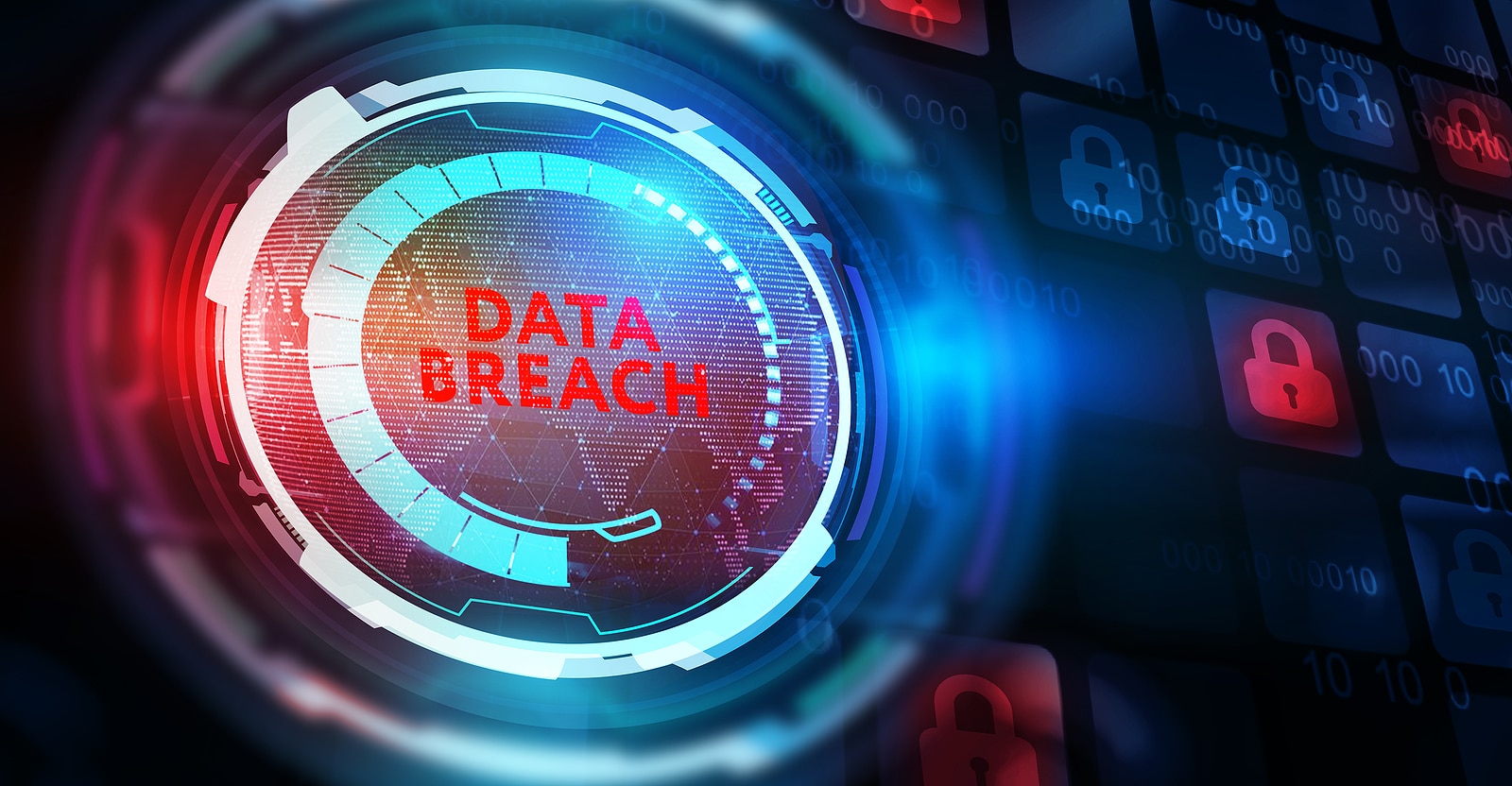Why Data Destruction is a Critical Element of Comprehensive Cyber Security
Why Data Destruction is a Critical Element of Comprehensive Cyber Security
Blog Article
The Significance of Effective Data Damage Practices in Shielding Sensitive Information and Ensuring Computer Safety
In an age where data violations are progressively common, the relevance of reliable data destruction techniques can not be overstated. Implementing durable data devastation techniques not only minimizes these dangers but additionally lines up with legal conformity requirements, making certain that companies copyright their online reputation and foster client trust.
Comprehending Data Devastation
Understanding information destruction is critical in today's digital landscape, where delicate info can conveniently be jeopardized. Reliable data devastation includes not just erasing documents but making certain that information is irretrievable through detailed methods. This process is crucial for organizations that manage personal client info, copyright, or internal files, as any kind of violation can result in serious economic and reputational consequences.
Data damage incorporates various techniques, including shredding physical media, degaussing magnetic storage space tools, and employing software-based options that overwrite information numerous times. Each method serves a particular function and has to straighten with the sensitivity of the information being taken care of. Physical destruction is typically chosen for difficult drives consisting of extremely private data, while software application methods might suffice for less sensitive info.
Additionally, adhering to industry standards and regulations, such as the General Information Defense Guideline (GDPR) or the Medical Insurance Mobility and Accountability Act (HIPAA), is crucial for conformity and to reduce legal threats. Organizations needs to establish a robust information devastation policy, train employees on best techniques, and on a regular basis investigate their procedures to make certain that all delicate info is dealt with firmly and successfully.
Dangers of Inadequate Practices
Inadequate information destruction techniques subject organizations to substantial dangers that can have far-reaching repercussions. When sensitive details is not correctly dealt with, it continues to be prone to unauthorized accessibility, which can result in information breaches and identity burglary. Such incidents not just compromise the protection of individuals but additionally taint the organization's track record, resulting in a loss of consumer count on and potential economic repercussions.
Additionally, regulatory conformity is progressively rigorous in lots of industries. Failure to stick to information damage guidelines can cause large fines and legal activities versus companies. These penalties can strain economic sources and draw away focus from core company procedures.
On top of that, the abuse of residual information can cause intellectual residential or commercial property burglary or corporate reconnaissance, threatening affordable advantages (data destruction). The effect of poor data damage extends past prompt monetary losses; it can additionally result in long-lasting damages to brand name honesty and market placement

Organizations have to recognize that data safety and security is not exclusively regarding protecting against violations; it additionally incorporates the liable monitoring of information throughout its lifecycle. Neglecting effective data destruction protocols can have catastrophic implications, underscoring the need for durable procedures to alleviate these dangers.
Finest Practices for Data Damage
Executing effective information devastation techniques is necessary for guarding delicate info and maintaining conformity with governing requirements. Organizations ought to adopt a multi-faceted approach to make certain that information is irretrievable, consequently avoiding unauthorized accessibility and prospective breaches.
First, information must be categorized based on level of sensitivity, enabling organizations to use proper destruction approaches customized to the degree of danger. view website For electronic information, using software-based data-wiping tools that abide by market standards can properly overwrite existing data. Physical devastation techniques, such as shredding or degaussing, are essential for tools that keep sensitive details, guaranteeing full elimination.
Establishing a clear information retention policy is crucial, detailing how much time different kinds of information need to be kept prior to destruction. Normal audits of data storage space systems are also needed to identify out-of-date or unnecessary data requiring elimination.
Additionally, training employees on the value of information destruction and the specific procedures to comply with fosters a society of protection within the company. Finally, keeping documents of information damage refines provides responsibility and sustains conformity with exterior guidelines and interior policies. By sticking to these best techniques, organizations can dramatically alleviate the dangers connected with information direct exposure.
Legal and Compliance Factors To Consider

Failing to follow these policies can lead to extreme penalties, consisting of considerable fines and reputational damages. Organizations needs to implement a robust data destruction policy that lines up with these legal frameworks and supplies clear guidelines on the correct methods of data disposal, whether physical shredding or digital wiping.
Moreover, keeping documentation of data destruction tasks is important for demonstrating conformity during audits or examinations. By focusing on lawful and compliance factors to consider, companies can boost their information safety and security position and foster trust with stakeholders and customers, ultimately adding to a more safe and secure data management environment.
Benefits of Effective Information Destruction
Reliable information you could look here damage methods expand beyond mere conformity; they use considerable advantages to organizations that prioritize them. By guaranteeing that sensitive info is irretrievably damaged, organizations reduce the threat of data breaches and the possible financial repercussions related to them. This positive approach not only safeguards against unapproved accessibility however additionally enhances the overall dependability of the company in the eyes of clients and stakeholders.
Implementing durable data devastation methods, such as physical destruction of storage space devices or sophisticated data wiping techniques, adds to the strengthening of an organization's cybersecurity posture. data destruction. It lowers the likelihood of intellectual residential or commercial property theft and shields exclusive information, thus keeping a competitive edge on the market

Final Thought
To conclude, reliable data damage practices are important for securing sensitive information and enhancing overall computer security. By carrying out thorough methods such as degaussing, software application, and shredding overwriting, organizations can minimize the dangers associated with unauthorized access and information violations. Adherence to governing criteria, consisting of GDPR and HIPAA, further strengthens conformity and secures against lawful repercussions. Eventually, a commitment to robust information damage approaches fosters a society of learn this here now obligation, thereby strengthening an organization's cybersecurity stance and maintaining customer trust fund.

Report this page